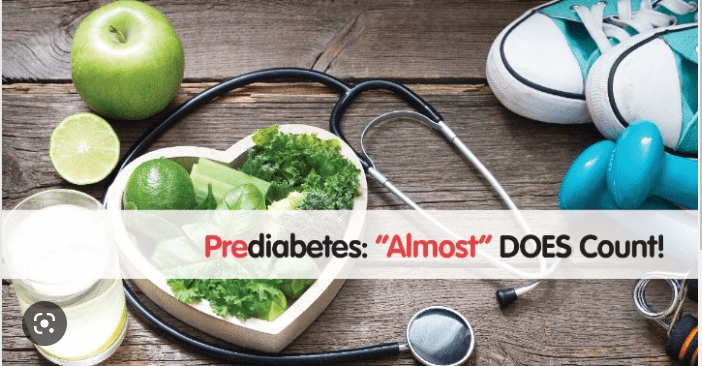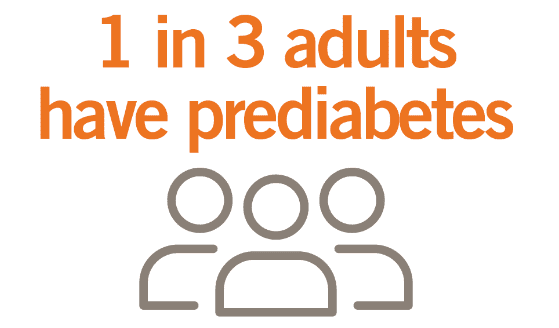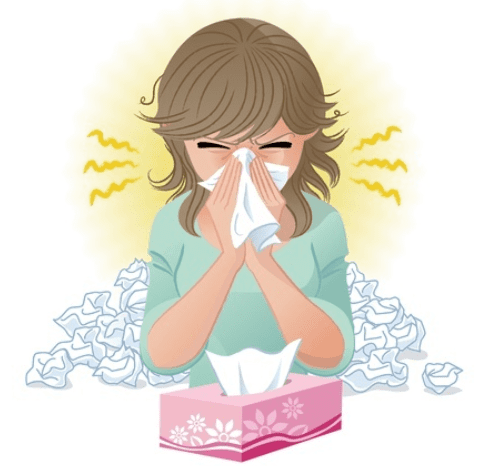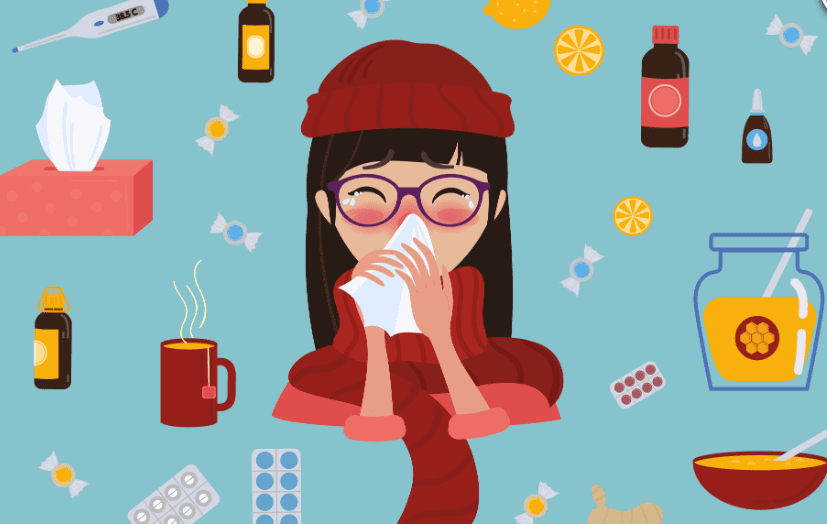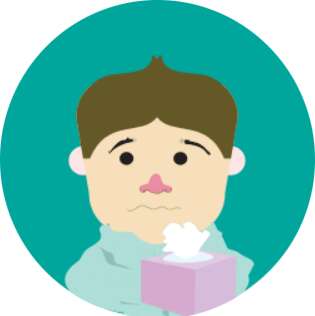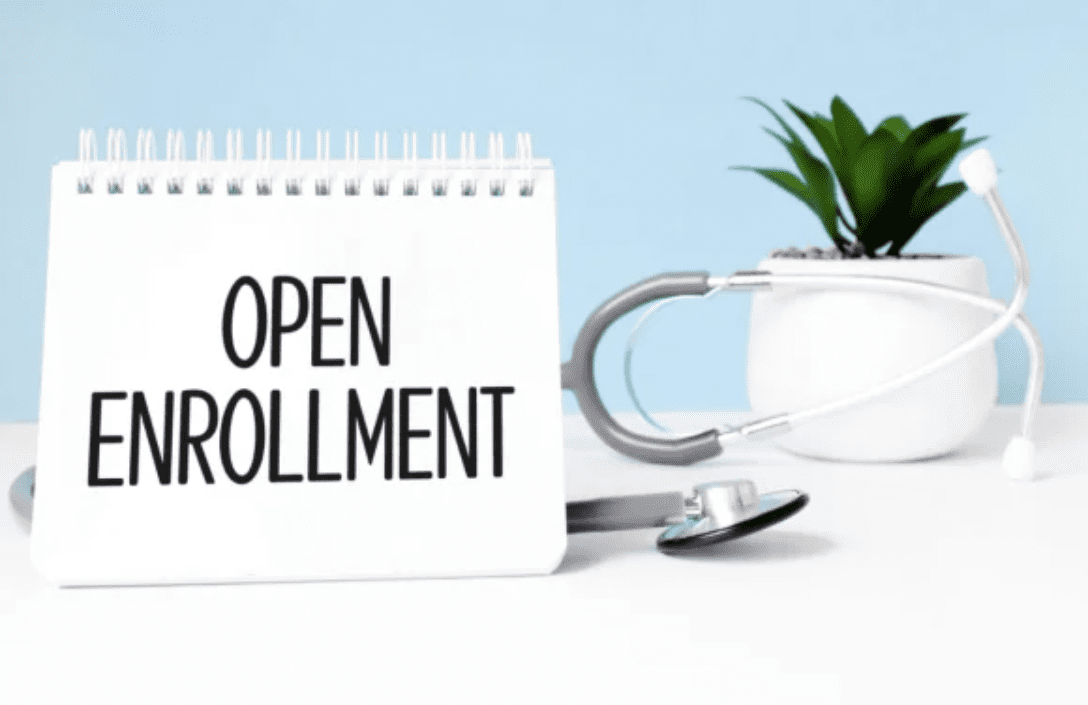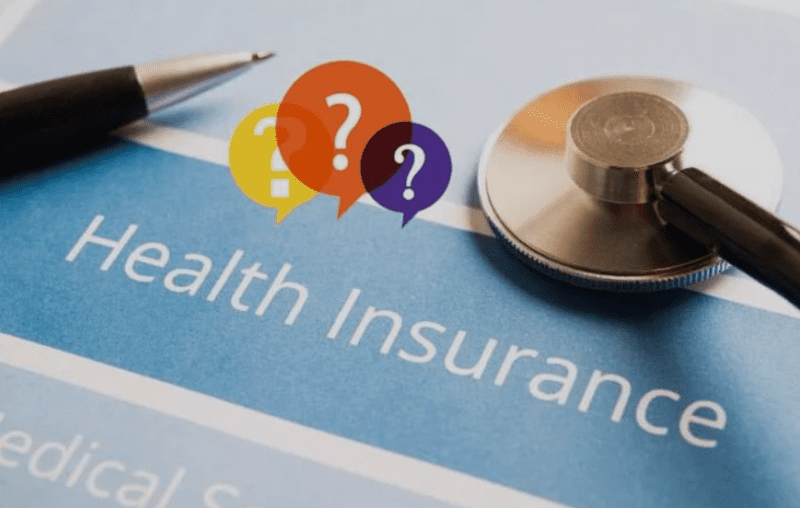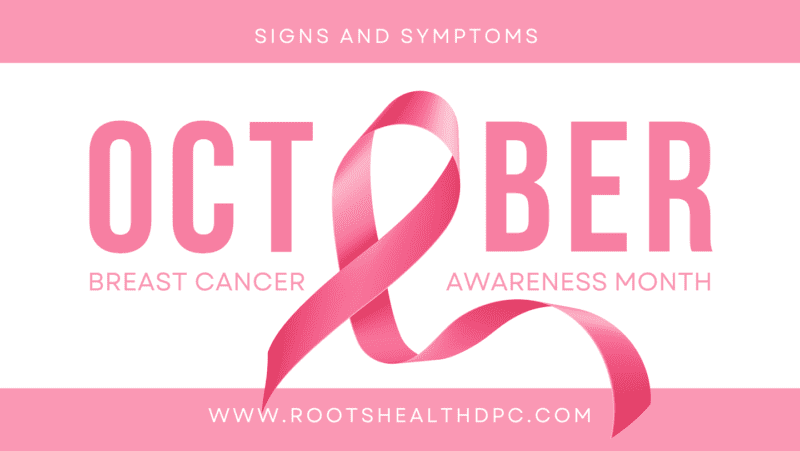Prediabetes – Signs and Symptoms
What are the Signs of Diabetes? Why should I be screened for Prediabetes if I don’t have any symptoms?
Since 1 in 3 American adults have prediabetes (most of whom do not know they have it) and the risk increases with age… everyone should be tested based on their risk. Middle age is when prediabetes and diabetes diagnoses really begin to spike, but some younger people are at higher risk.
What increases my risk for type 2 diabetes?
There are a few things that can increase your risk of diabetes, these include:
- Being overweight or having obesity, especially if you carry your extra weight in your belly area
- Being 45 years old or older
- Not doing enough physical activity
- Smoking
- History of diabetes during pregnancy, called “gestational diabetes”
- History of polycystic ovary syndrome
- History of high blood pressure
- Family history of diabetes
- African American or Latino
Are there signs & symptoms?

The classic symptoms of DIABETES can include
Excessive thirst
Excessive hunger
Increased frequency in urination
Weight loss
But you can have both DIABETES and PREDIABETES for years without any symptoms
A really important piece for improving your health and wellness is the ease with which you can obtain information from a trustworthy source. Are you able to call your doctor directly and get all your questions answered? If you are looking for a physician who makes it simple to get your health care needs met, schedule your initial free consultation today.
Diagnosing pre-diabetes earlier increases the length of your life. Join us next week to find out how to screen for and diagnose prediabetes.



